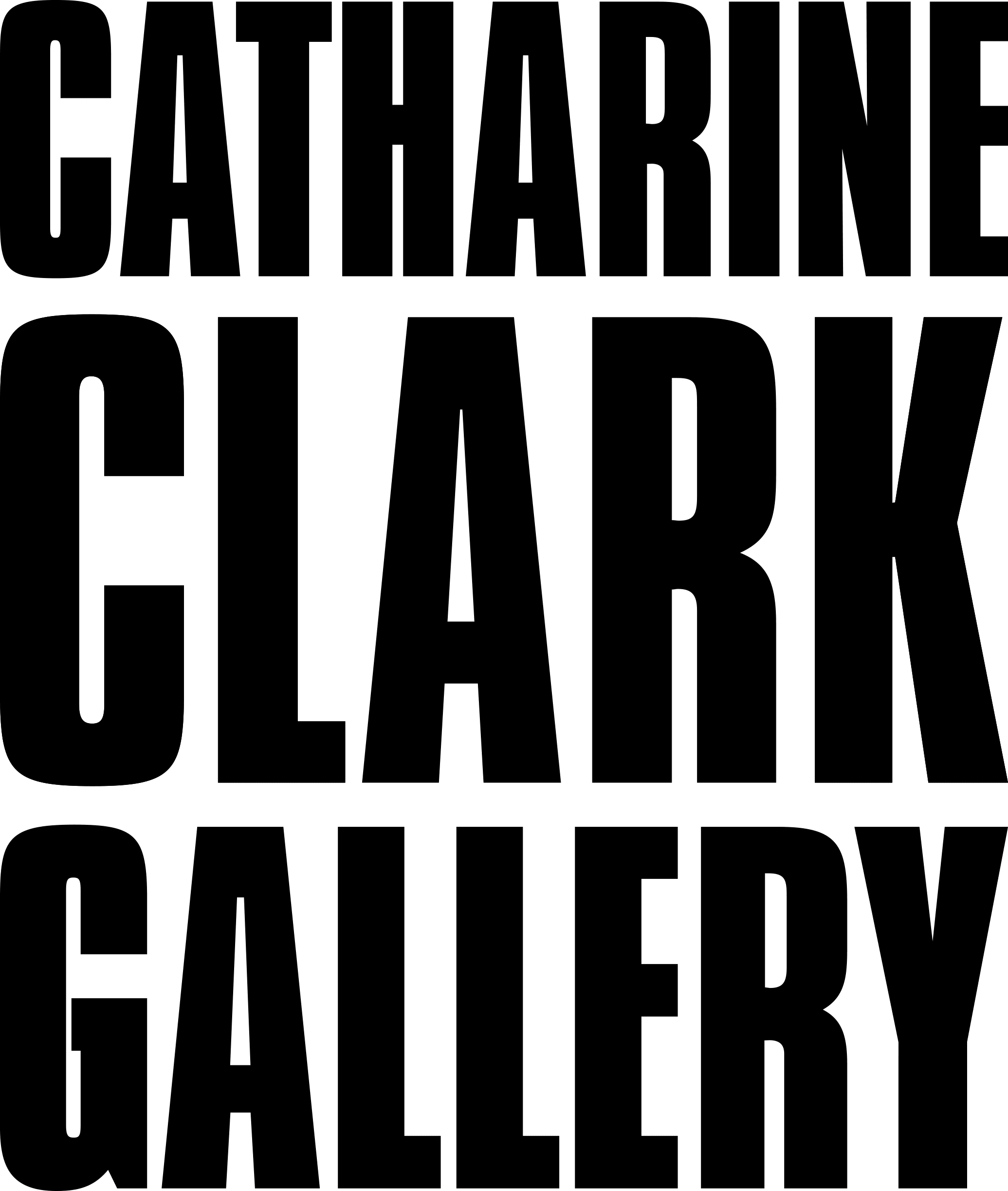Taxidermy
The practice of preserving animals after their death goes back to the ancient Egyptians. They would place stuffed animal skins into tombs along with pharaohs and nobility to ensure they made it to the afterlife safely. Taxidermy as we know it today emerged in the 18th and 19th centuries as a curiosity of the natural world entered public consciousness. It became a common way for European scientists to study and examine animals they otherwise wouldn’t have had access to. Education through seeing different animals led to the bison range in Yellowstone Park being federally protected. Artists Deborah Oropallo and Michael Goldin use a taxidermy bird in their piece Haveahart to watch over the traps. It’s perched on the Snow White trap, alluding to her connection with nature in a darker way. Learn more about taxidermy with the link below, and find Haveahart in the Main Gallery of the Schneider Museum of Art until May 25th.
https://www.dailyartmagazine.com/taxidermy-in-art/

Deborah Oropallo and Michael Goldin, 86 Porcelain Boots, 2023, rawhide, ceramic, thread, and plastic. Courtesy of the artists and Catharine Clark Gallery
Rawhide
From weaving material to instruments, rawhide has been used for a variety of things throughout history. It’s more stiff and brittle than other types of leather, but the tautness is good for drumheads and furniture that doesn’t need to flex. In fact, leather-bound books that used rawhide still survive to this day. Many different cultures used different forms of rawhide. From pre-colonial America to Medieval Europe, tools made from rawhide could be found in everyday households. Artists Deborah Oropallo and Michael Goldin connect to this lasting tradition with their piece 86 Porcelain Boots, which features a stool made from rawhide. Learn more about the historic and current uses of rawhide with the link below, and find 86 Porcelain Boots in the Main Gallery of the Schneider Museum of Art.

Deborah Oropallo, Disarm, 2020, letterpress print from an engraved woodblock and polymer plate, with wood type and hand-painted Japanese watercolor. Courtesy of the artist and Catharine Clark Galleries.
Japanese Watercolor
Gansai paints, or Japanese watercolors, are paint pigments traditionally made with animal glue binders. They’re more opaque than western watercolors because of the ratios of pigment to binder and adhesive. Gansai is buildable, with effects ranging from slightly translucent to almost full color. It also tends to be easier to lift off of paper since the paint reactivates with water easier than Western watercolors. Since multiple pigments are used to make one color, it is recommended to not mix Gansai paints. The variety of colors means there’s little need to create new ones, though. Artist Deborah Oropallo plays with the intricacies of Gansai paint in her piece Disarm, which can be found in the Suzanne Homes Building located up the hill behind the museum. See examples of Gansai watercolor with the link below, and see how Oropallo uses it in Disarm while it’s still on view.
https://www.jcccw.org/nikkei-news/2022/7/27/gansai-an-exploration-into-japanese-watercolors



